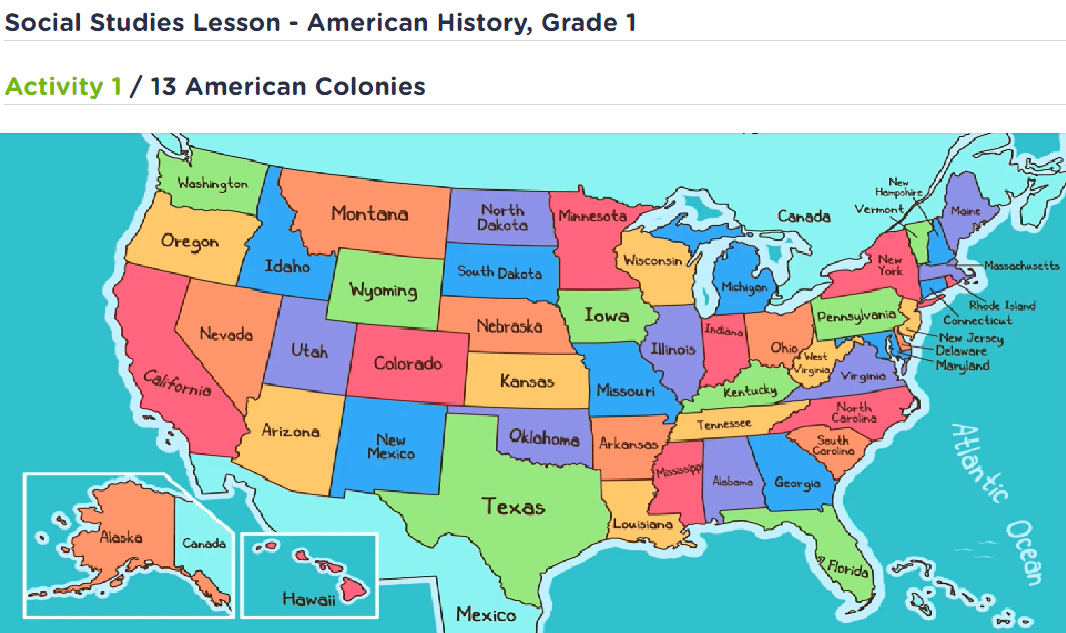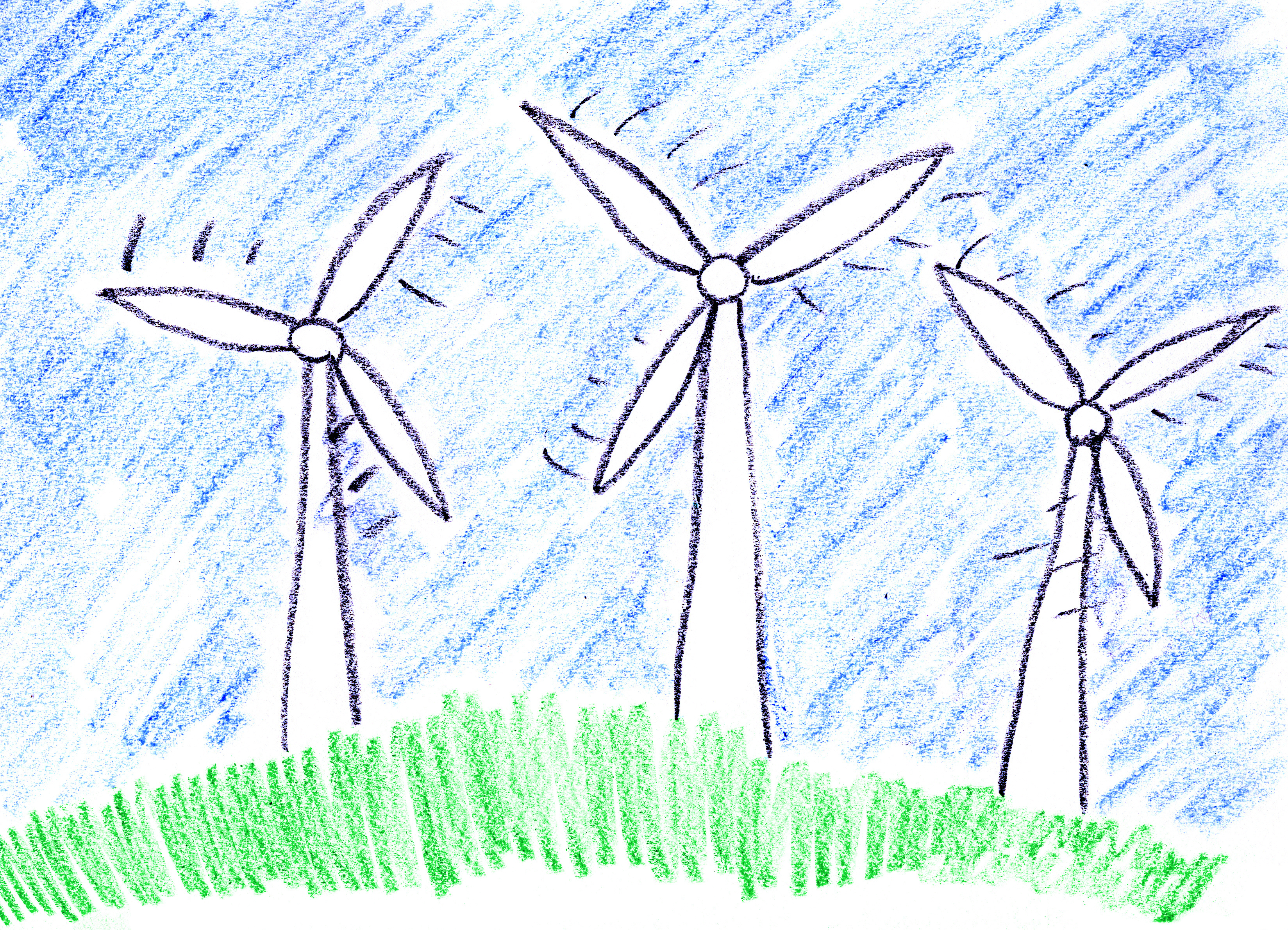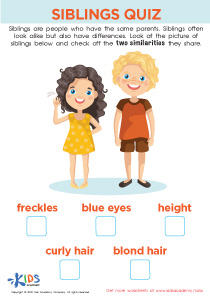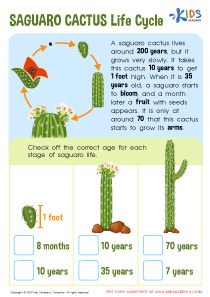Understanding moon phases Normal Science Worksheets for Ages 6-9
3 filtered results
-
From - To
Explore the captivating world of lunar phases with our “Understanding Moon Phases” worksheet, perfect for children aged 6-9. These hands-on activities explain new, crescent, quarter, gibbous, and full moons through engaging illustrations and explanations, helping young learners grasp the moon’s cyclical journey. Designed to complement normal science curriculum, this resource encourages critical thinking and observational skills. Ideal for early grade students, our worksheet transforms learning into an enjoyable adventure, fostering a foundational understanding of astronomy. Perfect for classrooms or at-home learning, empower your child’s curiosity and love for science with our fun and educational moon phases worksheet.
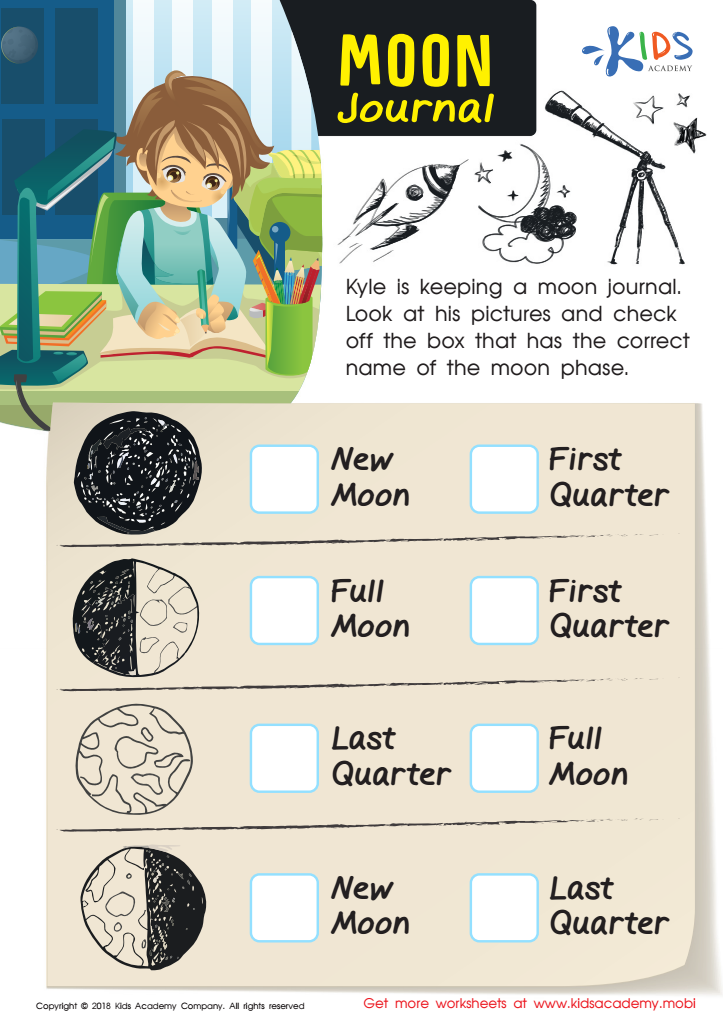

Moon Journal Worksheet
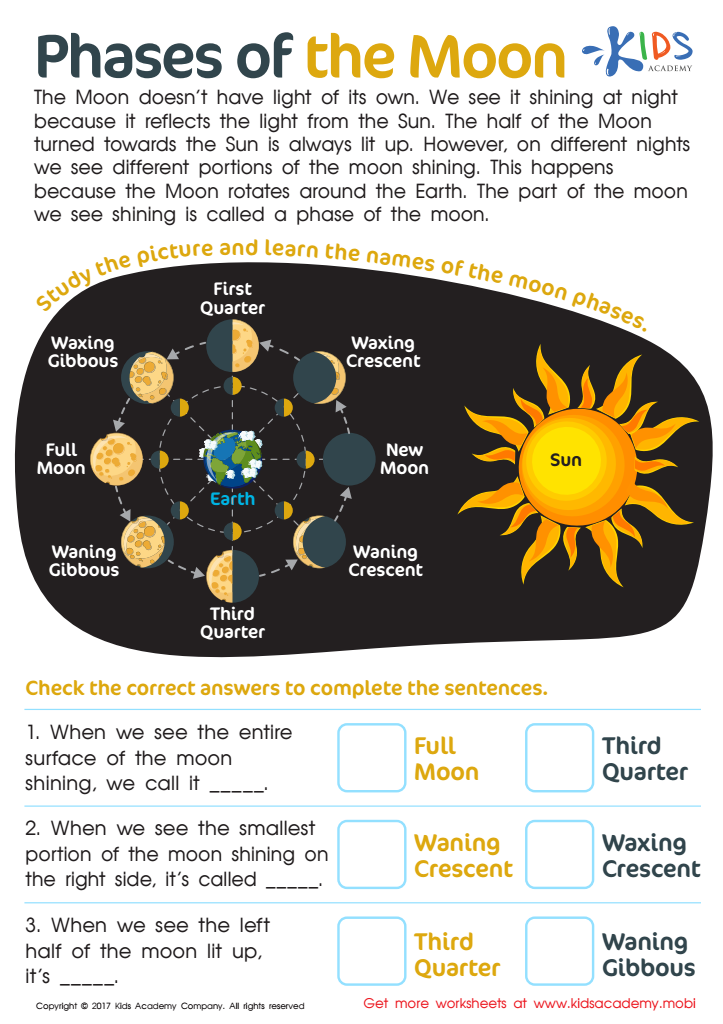

Phases of The Moon Worksheet
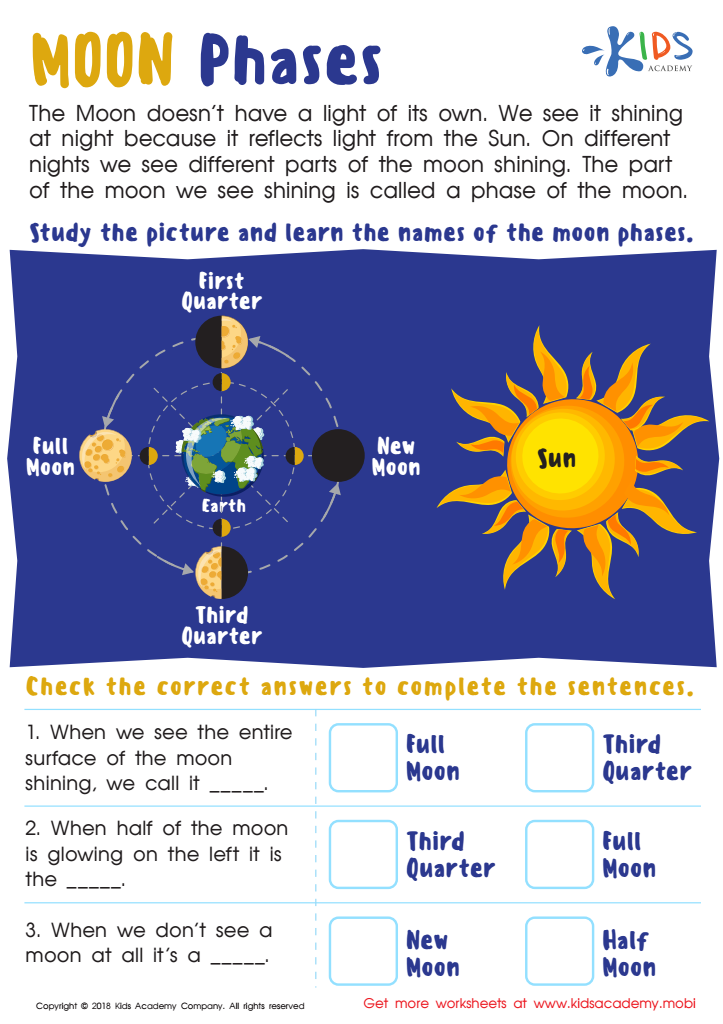

Moon Phases Worksheet
Understanding moon phases is an essential part of early education because it fosters curiosity and appreciation for the natural world in young children. For ages 6-9, learning about moon phases can ignite a lifelong interest in science and astronomy. This foundational knowledge helps kids make sense of the world around them, encouraging observation skills and critical thinking.
Firstly, observing changes in the moon's shape and position teaches crucial scientific concepts, such as patterns, cycles, and the passage of time. Children learn to predict and describe these natural changes, aligning with key educational standards in science.
Secondly, understanding moon phases fosters a sense of wonder and connection to nature. Kids start to feel a sense of place both in their communities and in the larger universe. This connection can inspire a desire to explore, ask questions, and seek out answers, fueling scientific curiosity.
For parents and teachers, focusing on moon phases is also an opportunity to enrich family time and classroom experiences. Simple activities like stargazing, keeping moon journals, or creating moon phase models can strengthen bonds and make learning enjoyable.
Ultimately, appreciating moon phases nurtures a holistic view of the world, making young learners more observant, curious, and connected individuals.
 Assign to My Students
Assign to My Students


